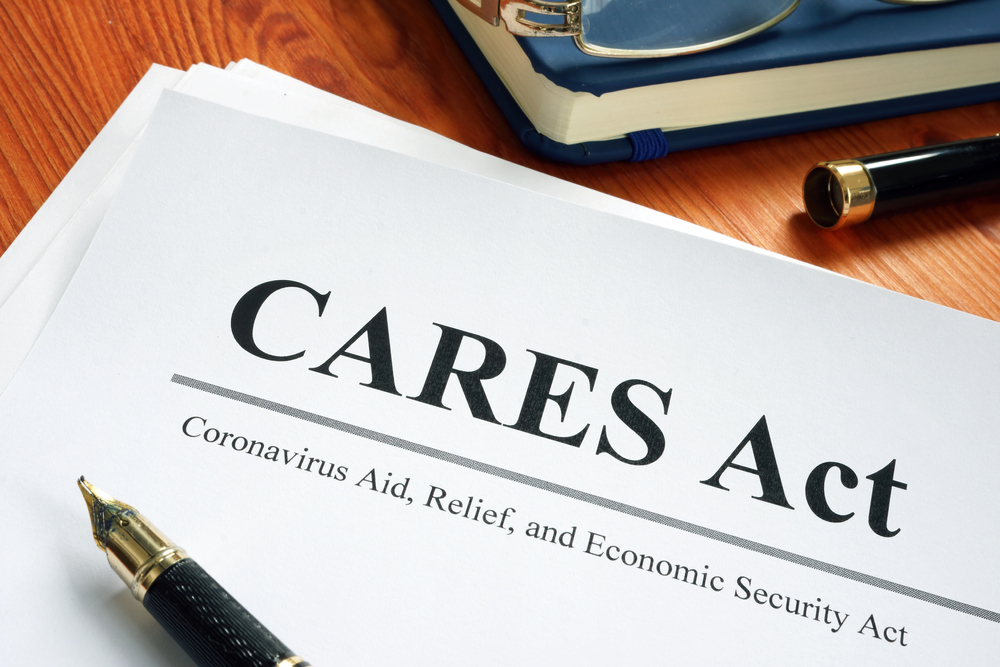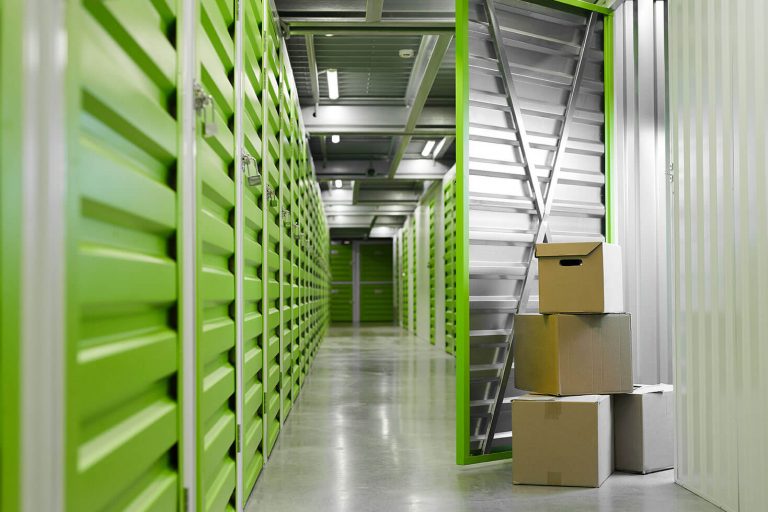A Little-known CARES Act Provision
By: Warren Dazzio
Amidst all of the pandemic, a little-known CARES Act change provides a considerable cash flow windfall for building owners. The CARES Act provides a provision that allows building owners to get a federal refund back on their individual tax return from a prior year when they paid taxes. It is a little-known provision that has gotten lost in the hustle and bustle of the grab for PPP loans.
The CARES Act allows for a five-year carryback of NOLs arising in 2018, 2019, and 2020. What is an NOL? An NOL is a Net Operating Loss. You can have an NOL by having more expenses than income. In this pandemic time, that is easy to happen. You can also create an NOL on paper through several tax strategies. An NOL is created at the business level and flows from the business to the individual’s returns. If you have more losses than you have gains, the CARES Act allows you to go back five years and apply those losses to income from a previous year. The result is a refund in the current tax cycle.
Many people who are familiar with Cost Segregation are about to see an “aha” moment. Before the CARES Act, a Cost Segregation Study created a loss that had to be rolled forward to a future year. A Cost Segregation Study allows certain individuals and entities to create an NOL and obtain a refund based on the new CARES Act rules. So instead of rolling the extra Cost Segregation results forward, you may now have the option of rolling them back to obtain a refund.
What is a Cost Segregation Study? The US Tax Code allows building owners to depreciate their property in two ways. Straight-line depreciation basically allows a commercial building owner 1/39th of the cost of their buildings to offset income every year for 39 years. In the case of a residential rental, it is 27.5 years. An engineering-based cost segregation study is the method of separating a building out into various parts and accelerating the depreciation of those parts into shorter tax lives (most commonly 5-, 7-, 15-, and 15-year QIP). This creates a more significant amount of depreciation that offsets business revenue. Items like specialty flooring, specialty wiring, security systems, specialty lighting, landscaping, and paving are all items that can be accelerated. Older buildings, new construction, and new acquisitions all qualify. The best part is that you don’t have to amend any returns, even for older buildings, to capture this. The result is reduced income taxes for the building owner, and now the CARES Act also adds the option of a refund.
Active and passive rules apply, so talk to your tax professional. You may be leaving a refund check on the table. Reach out to us to have a conversation to see if you might qualify.




